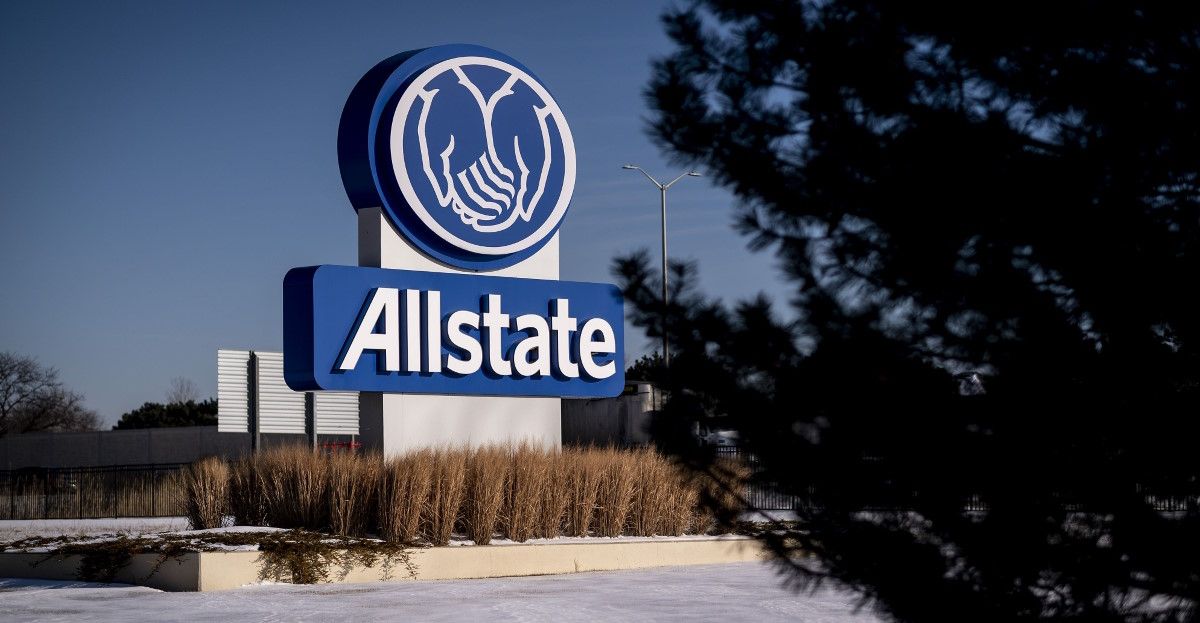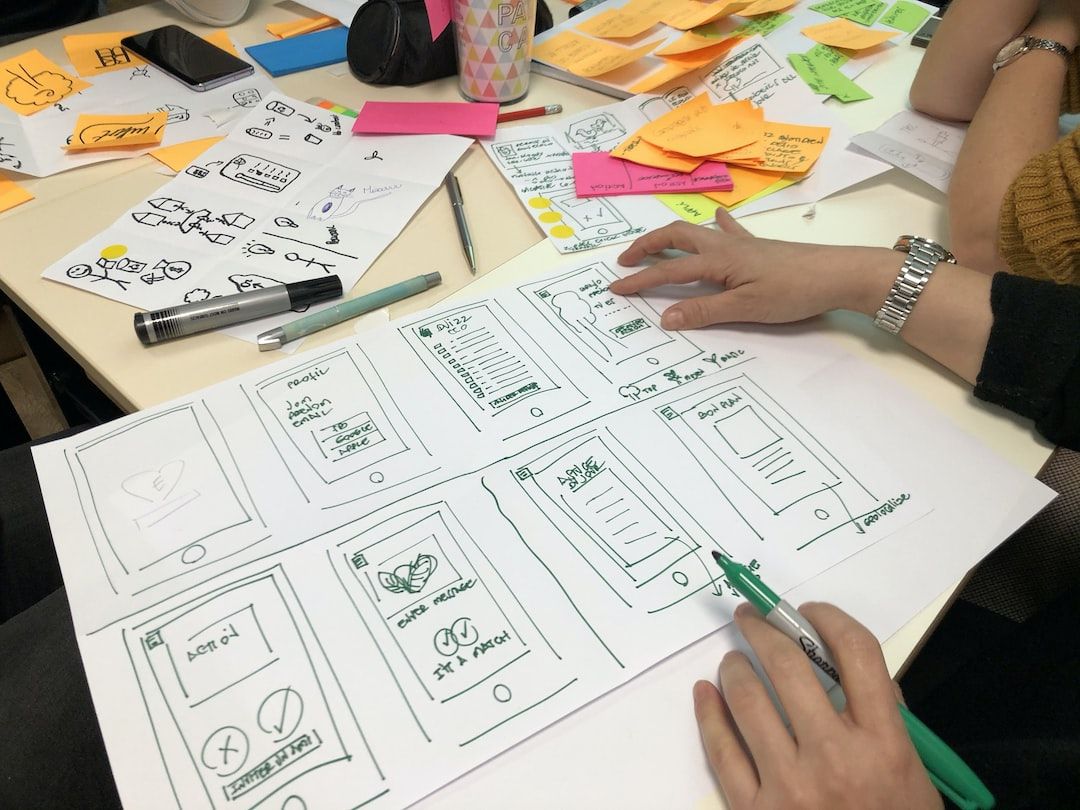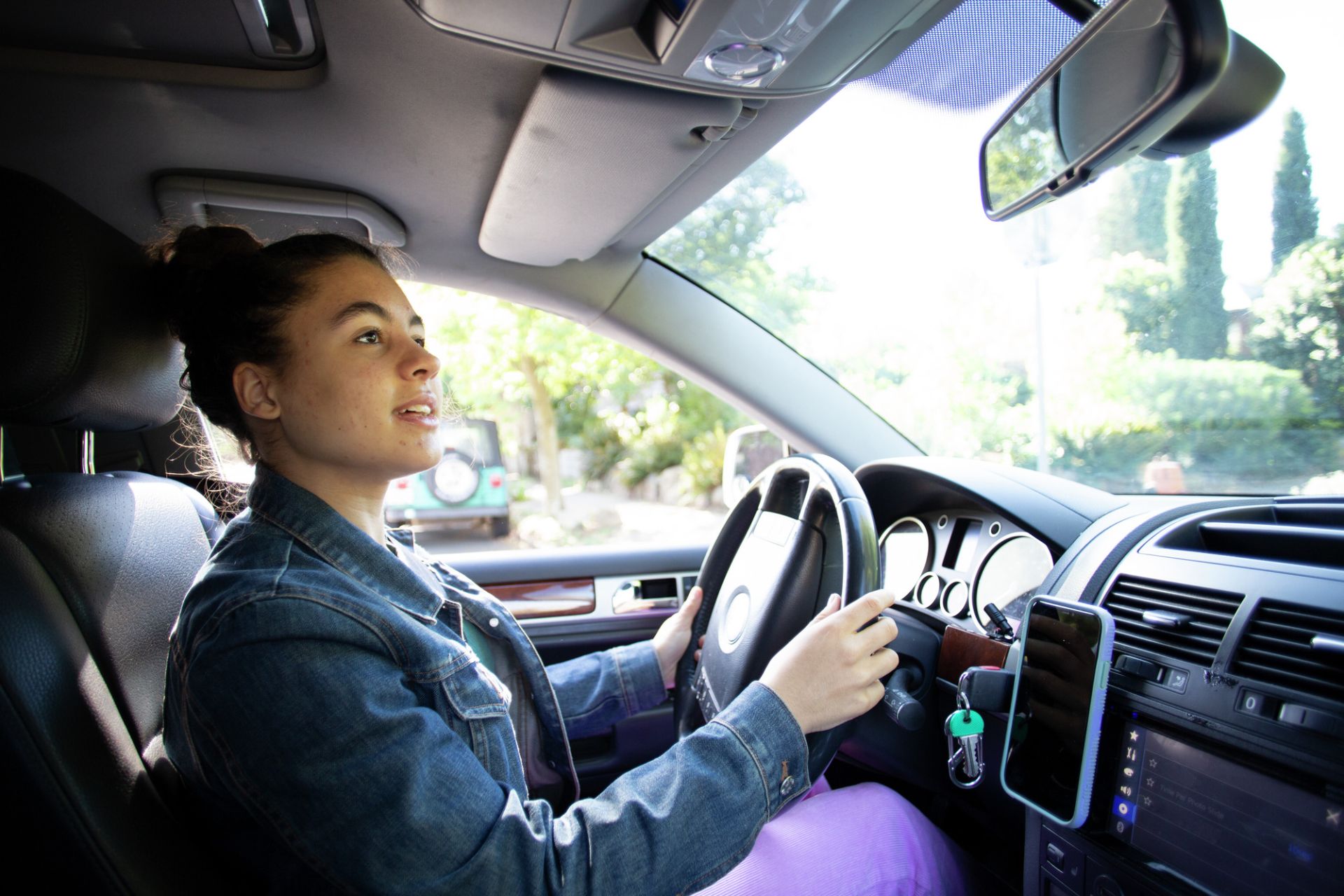
A year in the life of employee experience at Allstate
The seeds for employee experience
Employee Experience launches

The EX Lab launches

Research and the future

Key Learning
FACT BOX
What is a Design Sprint?
It is a structured process for developing and testing solutions to workplace challenges, typically involving workshops of small teams of employees and stakeholders. They are designed to be agile, user-centred and data-driven – encouraging experimentation and collaboration among the team members.
Design sprints are used by organisations to rapidly develop and test new ideas in a way that minimises risks and costs, but can deliver ‘quick wins’ in improving the overall employee experience.
Design sprints are used by organisations to rapidly develop and test new ideas in a way that minimises risks and costs, but can deliver ‘quick wins’ in improving the overall employee experience.

What is the EX Lab?
Launched in October by the Employee Experience team at Allstate, it is a group of 170 staff members who help in the design process of HR products before they are launched to the wider company. It performs similarly to how a focus group might in customer experience, but is much more participatory in the design process. Input is representative across gender and racial background, and includes representatives from America, Canada, India and Northern Ireland.
Based on the principles of design thinking, the aim is to ensure that the people that are being designed for (and not just what they are designing) are kept at the centre of decisions. They take the form of 90-minute virtual sessions which are held four times a month. HR team members will present a product and ask participants what they think, including how they’d use it. They will then collate this feedback and present the changes back to participants for further testing and evaluation.
Based on the principles of design thinking, the aim is to ensure that the people that are being designed for (and not just what they are designing) are kept at the centre of decisions. They take the form of 90-minute virtual sessions which are held four times a month. HR team members will present a product and ask participants what they think, including how they’d use it. They will then collate this feedback and present the changes back to participants for further testing and evaluation.


